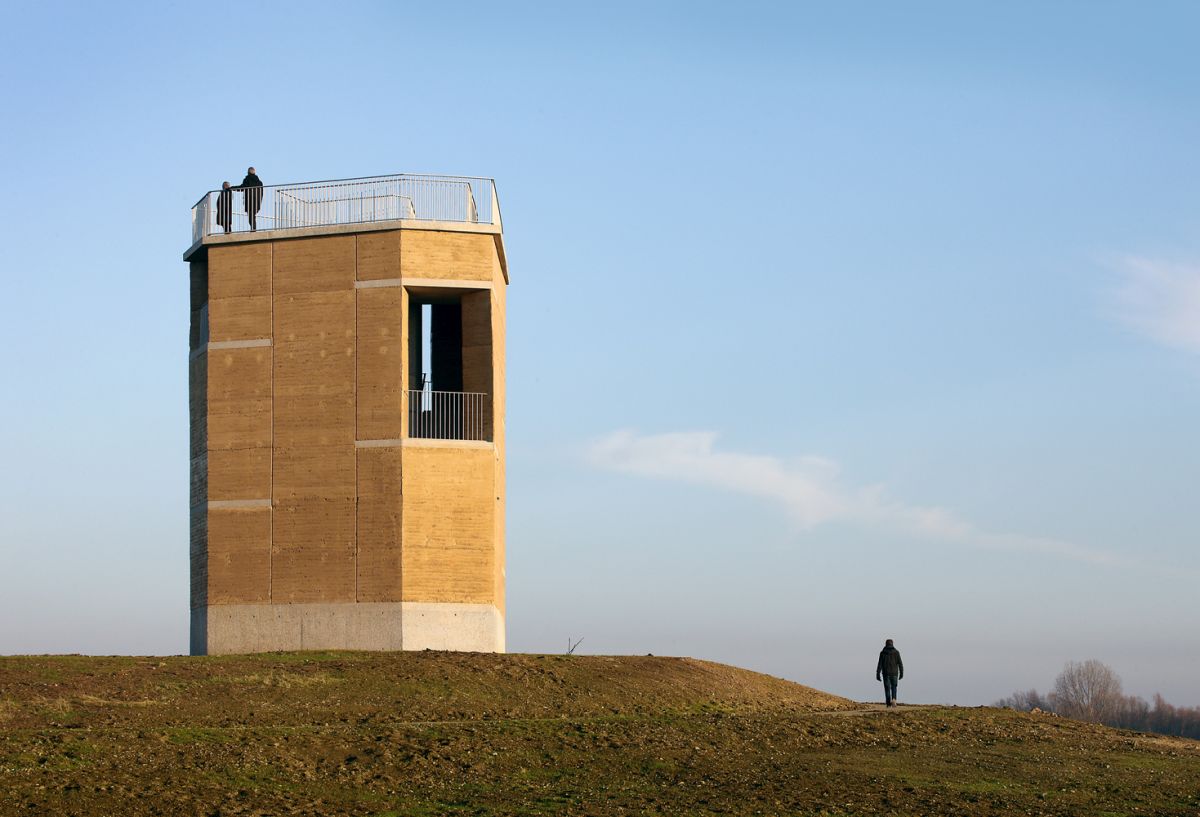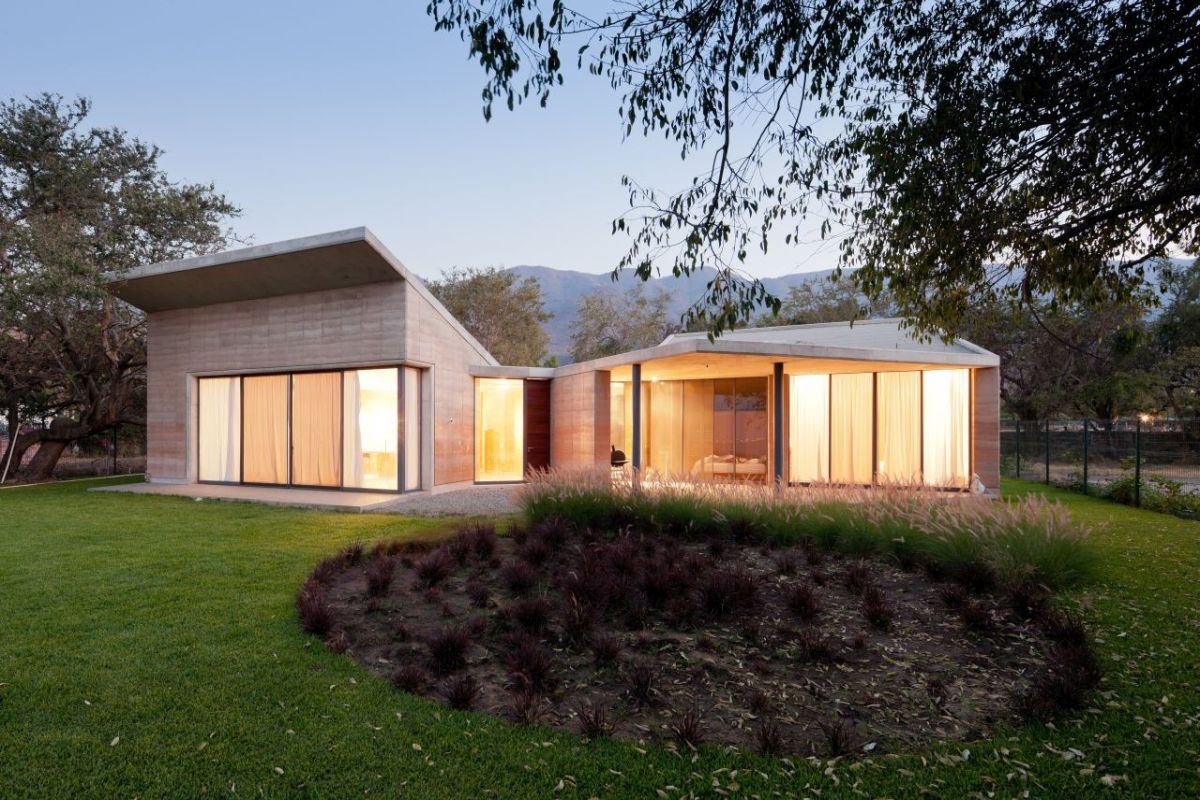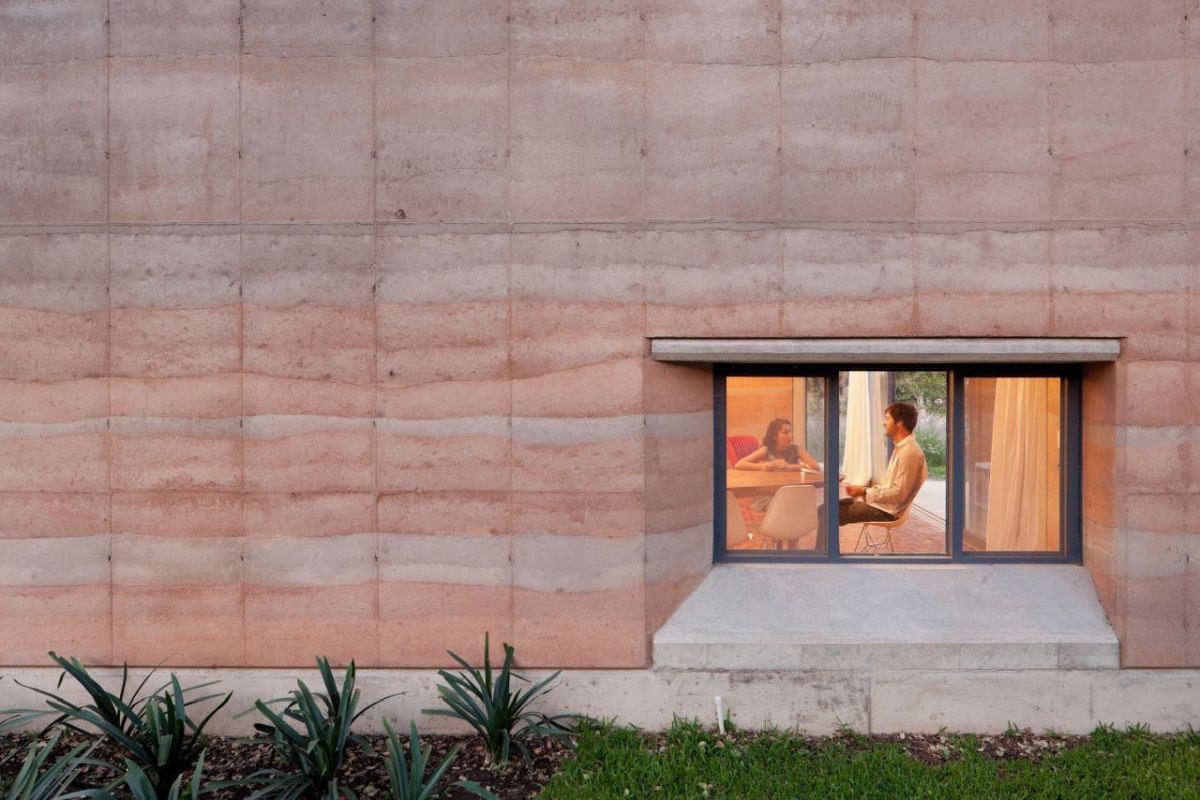Rammed Earth Houses: Ancient Technique, Modern Appeal
A rammed earth house is a structure built with walls made by compacting a mixture of damp soil under high pressure. This natural building method creates thick, durable walls that are both sustainable and visually striking. Although the technique has ancient roots, it’s making a comeback as an eco-friendly alternative in modern home design.

The walls are formed using locally sourced earth and gain strength as they dry. Their high thermal mass helps regulate indoor temperatures—absorbing heat during the day and releasing it at night—which can significantly lower heating and cooling costs.
Observation Tower
Designed by De Gouden Liniaal Architecten in Belgium, this example of modern rammed earth walls is an observation tower at the Maasvalley Riverpark Nature Reserve. It was the first public building in the Benelux Region to use rammed earth.
Thick Walls
The former gravel extraction area needed a tower for visitors to experience the entire Negenoord landscape, so the architects used learth, clay, and gravel excavated from the Maas area.
The surface of the thick walls will erode, highlighting the gravel mix, which includes clay, ochre-colored earth, and stabilized with lime. Building over a temporary frame, the rammed earth structure took seven weeks to build.
Sparrenburg Visitor Center
Max Dudler Architects felt rammed earth would be the best material for a new entrance to the disparate elements that are left of the ancient Sparrenburg in Bielefeld, Germany.
External Walls
Rather than echo a historical era of the standing structures, the new rammed earth building puts a contemporary spin on the site that ties together the structure.
Internal Walls
The remarkable appearance comes from the striations of color and texture in the wall that evoke the materials found in the ruins of the castle, blending the past and present with new construction methods.
Rammed Earth Homes
Casa Caldera is more of a shelter than a traditional house. Situated in the Canelo Hills in Southern Arizona’s San Rafael Valley, the home blends with the landscape to have a minimal impact on its surroundings.
Earth Construction
DUST Architects designed the 945-square-foot off-grid building so it would almost disappear into the trees and grass. So, rammed earth construction material was ideal for the entire home.
Constructed from poured lava crete, the walls have a color that subtly contrasts with the vegetation and changes in quality as the light shifts throughout the day.
Earthen Materials
Pioneered by Paul Schwam, the building material is a mix of pulverized lava rock called “red scoria,” along with cement and water.
Indoor Air Quality
Rammed homes offer superior air quality as they don’t rely on central air or heating. You’ll never have to worry about toxic dust particles flying circulating through your home. The cost effective homes also produce low greenhouse gas emissions.
The designers relied on construction methods that used semi-fluid material which is rammed into a mold, similar to rammed earth construction methods.
Soil Mix
This rammed earth home in Monterrey, Mexico looks like it almost melts into the ground. Designed by Tatiana Bilbao, the Los Terrenos home sits in a residential area comprised of forested highlands.
Earthen Materials
Earth architecture is all about creating a thermal mass. Its layout was meant to mimic the surrounding landscape, with the main room overlooking the trees and most of the bedrooms built underground.
Powered Rams
The combination of the rammed earth walls, rocky landscape, and organically built stone walls create a very natural presence for the home on the outside and a natural, relaxed vibe on the inside.
Jalisco Summer House
Fulfilling the client’s desire for a low-maintenance summer residence, Tatiana Bilbao Architects designed an angular structure formed from rammed earth walls that echo the color variations in the nearby mountains.
Retaining Walls
This example is from Chapala Lake in Jalisco, Mexico. The rammed earth house features cube-like components that offer beautiful views while shielding the interior from northern winds.
Quarried Aggregates
It’s not uncommon for aggregates to be used instead of earth. Sometimes you’ll see plywood forms applied to parts of a rammed structure. Either way, rammed earth can contribute to energy efficiency.
By using materials from the surrounding area for the walls, this construction technique helps the building blend with its surroundings in a very complementary way.
Great Wall of Western Australia
The longest rammed earth wall is in Western Australia. The design from Luigi Rosselli Architects is a 750-foot long wall that zig-zags along a sand dune and 12 homes with soil roofs.
As you can see here, rammed earth requires the same attention as any building unit. The home units here, meant for short-term accommodations for cattle workers, feature a 450-mm-thick rammed earth facade and living space that is set into a dune.
Embodied Energy
The design makes them cool in the hot weather and is a departure from the corrugated metal shelters used in the region. The wall materials include iron-laden, sandy clay, and gravel from a nearby river.
Vineyard House
The serene landscape surrounding this vineyard house near Montijo, Portugal led the Blaanc Architects to design a residence that minimally interferes with the landscape. The resulting rammed earth structure holds all the common living areas and features a long terrace.
The earth walls are also thermally efficient, creating an interior environment that is cool in the summer and mild in the winter. Market research has proven that natural air is healthier than what is provided by central air systems.
The post Rammed Earth Houses: Ancient Technique, Modern Appeal appeared first on Homedit.
Categories
Recent Posts
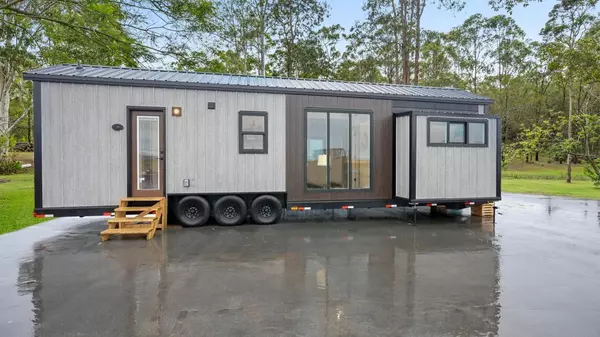

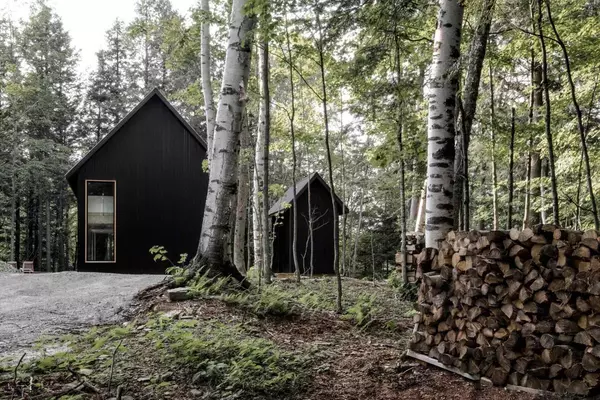







GET MORE INFORMATION



